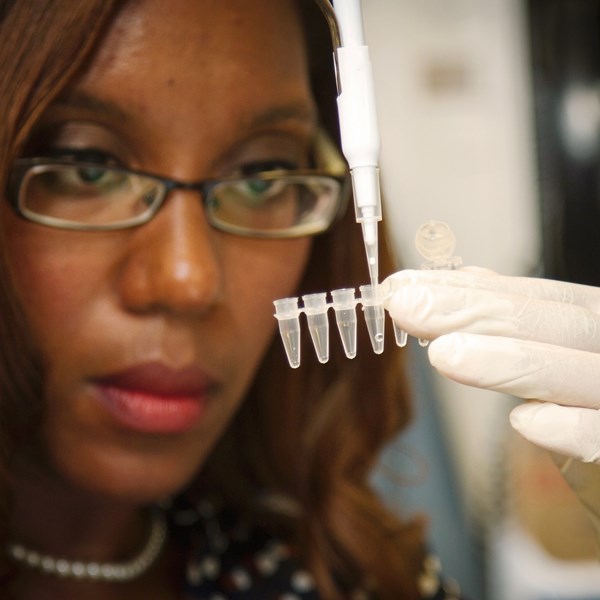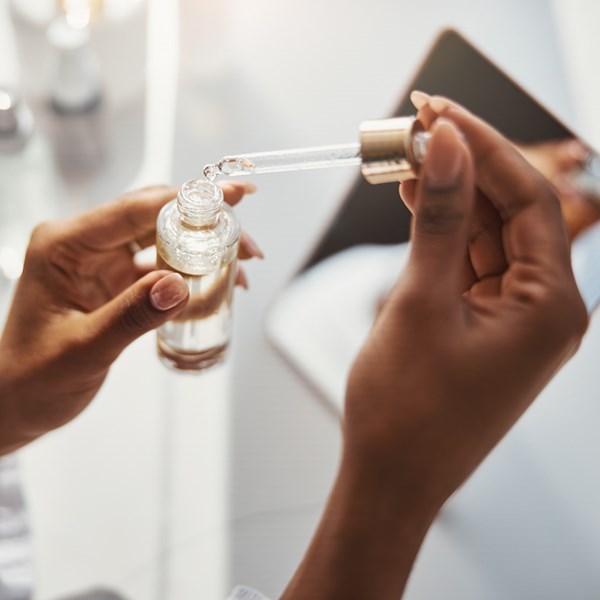According to many, the anticipated arrival of Humira biosimilars in the US next year has pushed AbbVie's drug to the precipice of the pharma industry’s biggest-ever patent cliff. With the drug expected to top $18.6bn in sales this year, this will be an incredible, even unprecedented financial hit for Humira.
The question is, is this a frightening sign of what’s to come for the pharmaceutical industry?
From 2026, a range of ‘blockbuster’ drugs could well suffer a similar fate. The list includes Keytruda by Merck & Co which faces a 28% drop in sales to $15.3bn, Revlimid by Bristol Myers Squibb which faces a 40% drop in sales to $8.7bn, Opdivo by Bristol Myers Squibb which faces a 13% drop in sales to $7.2bn and Darzalex by J&J/Genmab which faces a 12% drop in sales to $6.8bn. There are several other high-profile, high selling drugs facing similar financial fates as their patent exclusivity nears expiry.
It’s important to note these figures only denote US sales. This means the drops in global revenue will ultimately be much higher.
The predicted drops - expressed here as percentages of last year’s sales - represent the difference between “sales at risk” and expected total sales during the first full year post expiry. The percentages have been calculated using the accepted formula created by Evaluate Pharma.
The only (relatively) good news for manufacturers is sales revenue will not immediately drop to zero once patent protection expires and the generics enter the fray.
With so much at risk, the immediate question must be how will big pharma react?
IS M&A THE SOLUTION FOR PHARMA COMPANIES REACHING THE END OF THEIR PATENT EXCLUSIVITY?
With so much at stake, pharma companies need to start looking at possible ways to plug these upcoming gaps in their global revenue streams. The need is even more acute if, like Bristol Myers Squibb and AbbVie, the company in question faces losing their exclusivity for several drugs within a short window.
Acquisitions are of course one option.
Acquisitions offer a fairly immediate way to replace lost revenues and even bring in new potential growth platforms if the companies being bought are particularly niche or particularly innovative.
However, acquisition is always expensive. The seller will understandably be looking for the highest purchase price. The fact the exclusivity of the buyers’ blockbuster drugs is starting to run out will only push prices higher.
This means many pharmaceutical companies should maybe think twice about buying or, indeed, look for alternative strategies. This is a decision that is made even more difficult as it is hard to predict exactly how/when revenues will tail off not to mention the exact dates patent protection will be lost as litigation to maintain their current protection is likely to be in full swing already.
Then there is the question of patent term extensions.
Losing exclusivity is an inevitable part of a new drug’s lifecycle. It is accepted that once lost, there will be an inevitable drop in revenue. However, to delay the inevitable, the most economically viable and financially sensible option for pharma companies is to carefully explore all the potential exclusivity options rather than go straight down the M&A route.
Admittedly patent term extensions may not be a black and white alternative to M&A.
Depending on the circumstances both could successfully co-exist in the right ratio. But maximising the enormous investment you made to bring a new drug to market should be underpinned by a strategy designed to maximise exclusivity, a strategy that includes:
- Multiple patent filings to protect different aspects of the product
- Patent term extensions
- Non-patent (regulatory) exclusivity
WHAT ARE THE COMMERCIAL BENEFITS OF PATENT TERM EXTENSIONS?
Patent term extensions (PTEs) can give you a much longer period of exclusivity for medicinal products beyond their normal patent expiry. Critically, this means your competitors will be prevented from attempting to produce alternative versions of your drug that would compete directly with yours.
Therefore, it is essential you leverage all tools available to you to prolong your exclusivity beyond patent expiry for as long as possible. We’d always suggest this is a process you work through with an experienced patent attorney.
A patent attorney will be able to conduct a comprehensive analysis of your current situation and ensure you are in the best possible position to take full advantage of the various options for patent term extension open to you, options that include:
- A supplementary protection certificate (SPCs)
- Paediatric extensions
- Patent term extensions in other territories
- Data and marketing exclusivity
- Orphan medicines and paediatric incentives
However, tackling all these issues is likely to be a complex, time-consuming and expensive project.
All too often this is what puts companies off from exploring patent term extensions in the level of detail they should. This may happen even when likely ways to extend their patents’ terms exist which means the market exclusivity that is so vital to their commercial position is lost.
HOW CAN YOU IDENTIFY POSSIBLE WAYS TO EXTEND YOUR PATENT'S TERM AND YOUR DRUG'S EXCLUSIVITY QUICKLY AND EASILY?
We have used our vast experience of helping our clients successfully extend their pharmaceutical patents’ terms to develop ExtendiP, our way of making the whole PTE process as easy as possible for them.
ExtendiP is a thorough exclusivity audit that will identify how best to extend the term of your patent/s and maintain your exclusivity for as long as possible. We follow a very simple four-step process:
- We examine all the current circumstances surrounding your patent portfolio and the ongoing regulatory procedures in detail.
- We determine if it is possible to extend term of any of your patents and highlight the data and marketing exclusivity periods that could be applicable.
- We recommend the course of action we would take if we were in your shoes.
- We set out a clear, structured action plan outlining the required steps and deadlines for you to follow.
At the end of the process, we will produce a succinct report that sets out our findings and a clear and structured strategy for you to implement to prolong your exclusivity.
And to ensure our analysis delivers as much value as possible, we break down our findings to map out the scope and timeline of the various exclusivities (patent and data/marketing exclusivities) so you know to what extent you are protected and until when.
Our analysis will be supported by our recommendations as to how you can use everything we uncover to extend your exclusivity and maximise the commercial value of your innovations. And if you prefer, we will also present our findings in person as well as in writing so that you and your team have an opportunity to ask questions about both our findings and our recommendations.
If you would like to find out more about ExtendiP, please email us today.







